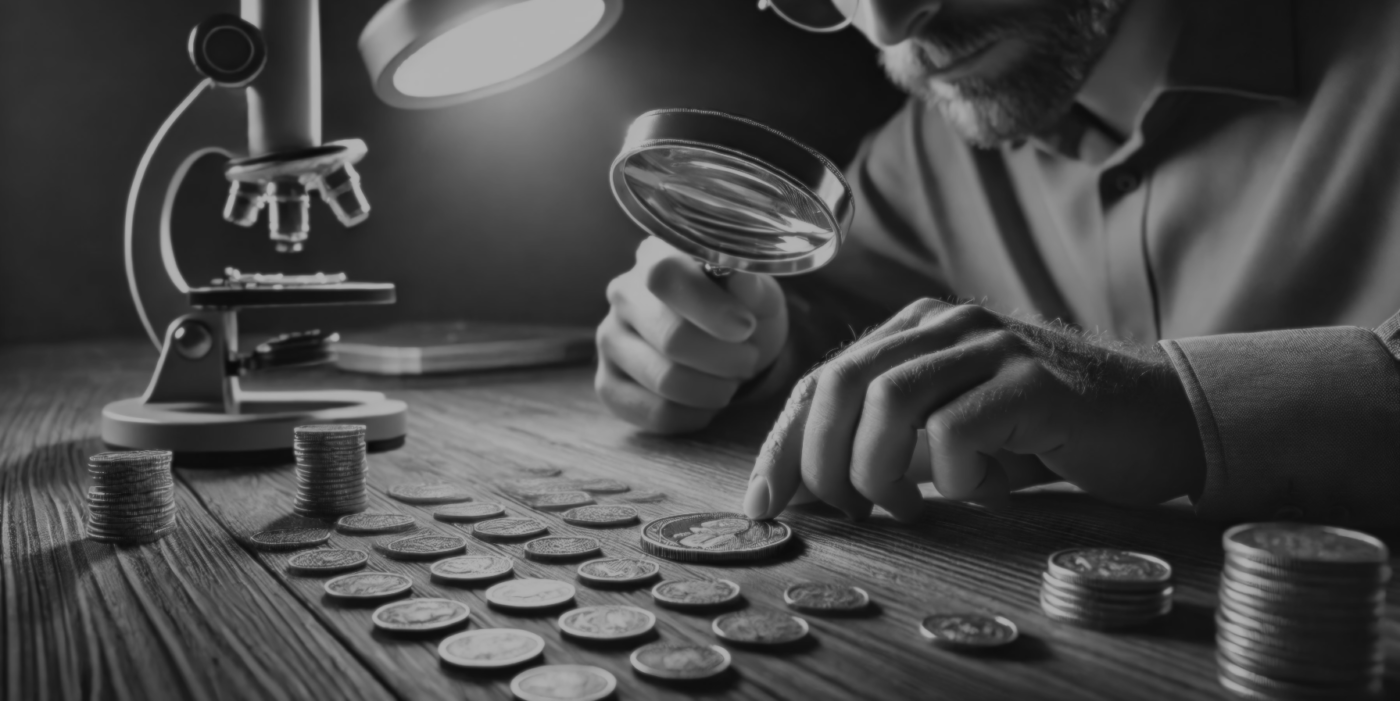How to Determine the Value of Your Coin
💰 Understanding the value of a coin involves more than just knowing its face value. To accurately determine a coin’s worth, consider factors such as rarity, condition, historical significance, and current market demand.
1. Research and Reference
📚 Begin by researching your coin using reference books and online price guides. Sources like the Red Book for U.S. coins or specific guides for international currencies provide valuable information on typical values for different coin types and conditions.
2. Assessing Condition
🔍 The coin’s condition, or grade, plays a crucial role in its value. Coins are graded on a scale from Poor (P-1) to Mint State (MS-70). Higher grades reflect better preservation and less wear. Tools like magnifying glasses or jewelers’ loupes can help you inspect details for accurate grading.
3. Historical Significance
📜 Coins with historical importance or those from significant events can be worth more. For example, coins from limited mintages, commemorative issues, or coins with unique historical contexts often have higher value.
4. Market Trends
📈 Coin values fluctuate based on market trends. Stay informed about current trends by following auctions, numismatic news, and expert opinions. Market demand can significantly impact a coin’s value, making timely information crucial.
5. Professional Appraisal
🧑⚖️ For a precise valuation, consider consulting a professional numismatist or having your coin appraised by a certified grading service. These experts provide an objective assessment and can verify authenticity, which is essential for high-value coins.
Disclaimer: The information provided in this blog post is for educational purposes only and does not constitute financial or investment advice. Values of coins can vary based on condition, rarity, and market demand. Always seek professional advice for high-value transactions.

